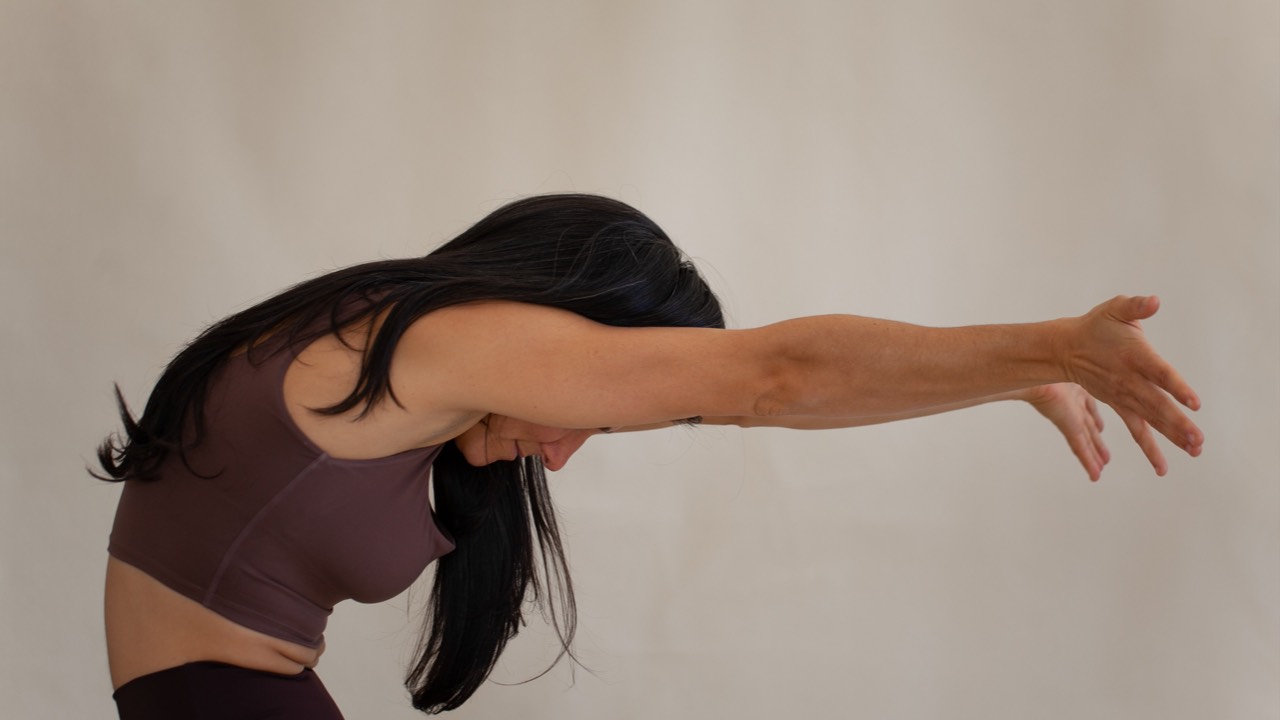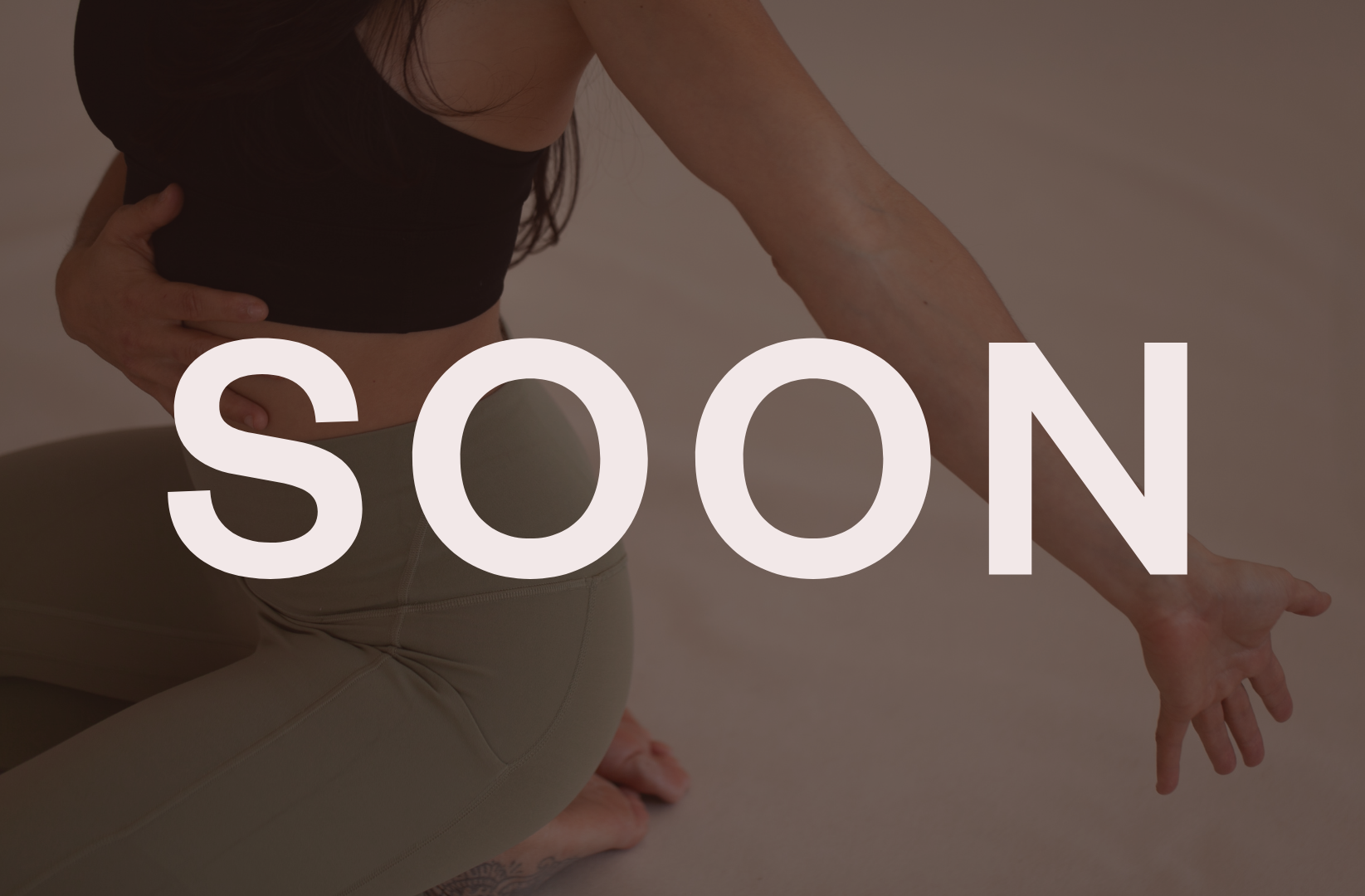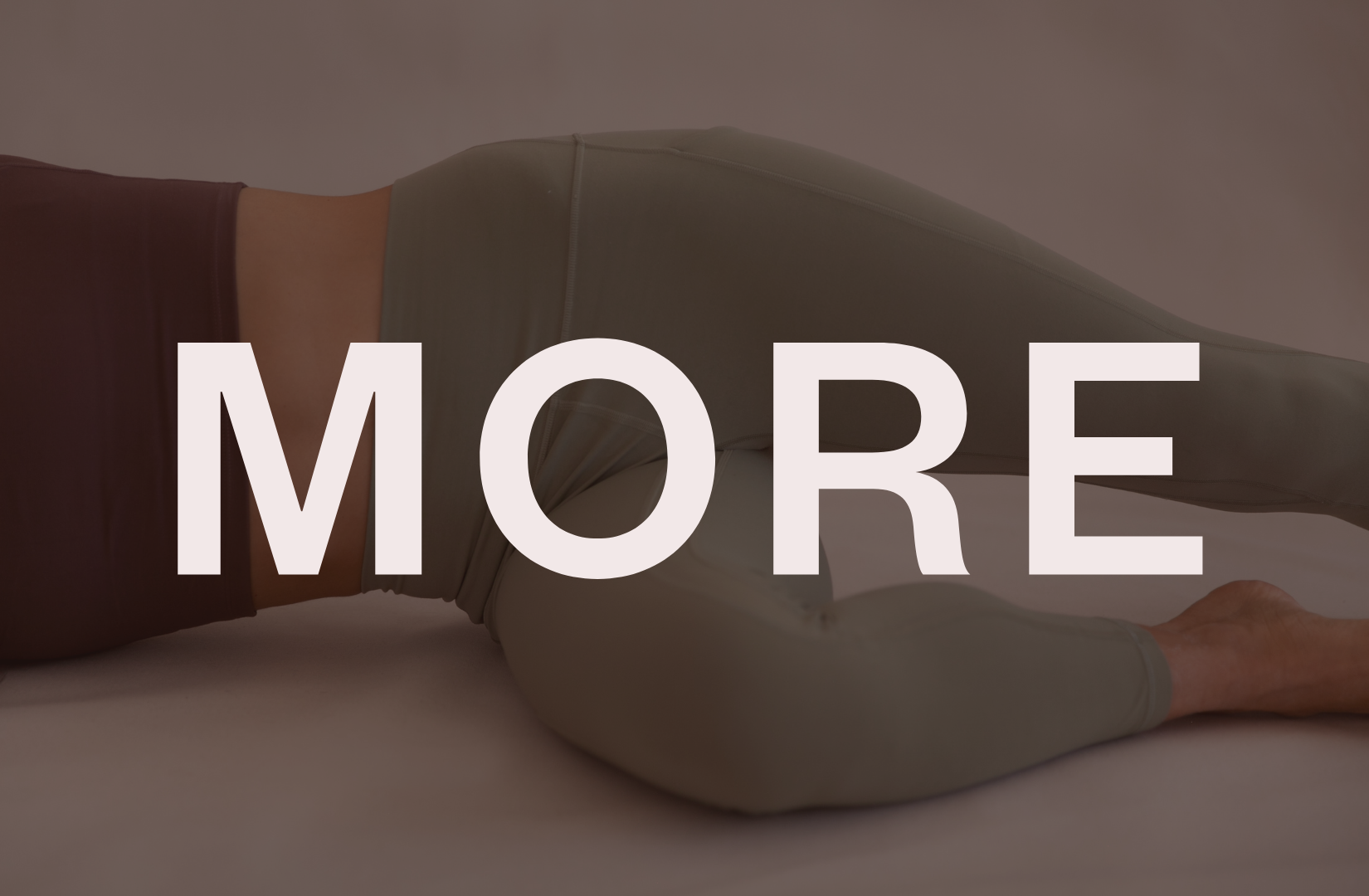RECONNECT TO YOUR BODY
HARMONIZE YOUR LIFE


Helping you access your body's healing potential
I am Lisa-Marie, Osteopath and therapeutic movement specialist. My unique expertise resides in an holistic approach to movement as a means to balance and heal the body. I wholeheartedly believe we have all the resources we need within us to find harmony. Whether in our body or other aspects of our lives, we just need to remove the restrictions that prevent us from getting there.
If you’ve been struggling with pain, low energy, trouble finding flow and consistency with a fitness or wellness program, I believe I can help you. Your movement practice should help you feel good, not increase your physical and mental stress. Let me and the team of wonderful specialists help you find harmony while celebrating your body’s potential. Start below by finding the program that's right for you.
EXPLORE...
The Ode Programs
HARMONY THROUGH MOVEMENT AND MINDFULLNESS PRACTICES

HARMONY OF THE SPINE
The spine hold such an important place in our health. It is one of the most common place for people to experience disharmony.

HARMONY OF THE PELVIC FLOOR
A unique and global approach to harmonize the pelvic floor. With movement, mindfulness and breathing practices that targets all the most important links to your pelvic diaphragm.

HARMONY OF THE DIAPHRAGMS
Come and harmonize the 4 diaphragms of your body. The diaphragms are what creates movement in your body, prevents stagnation and stimulates circulation.

HARMONY OF THE NERVOUS SYSTEM
Learn how to listen and tend to your nervous system with practical tools. Understanding our nervous system is the key to a more vital and fulfilling life.

HARMONY OF THE DIGESTIVE SYSTEM
A program to create space for the digestive system and all it's relationships in the body.

MORE PROGRAMS TO COME
- Cycle syncing program
- Harmony of menopause
- Harmony of the shoulder girdle
- Harmony of posture
- And more!
It's Time To Reconnect To Your Body's Innate Wisdom
Your healing and health begins with a commitment to listen to what is going on in your mind, body and energy. In Ode programs, you will find comprehensive guides based on an osteopathic approach to movement, a variety of video practices guided by experts in their field, and flexible and accessible programs to suit your level and schedule. Come harmonize your body and energy with us to discover and enjoy your full potential.
"I just wanted to tell you how much I wouldn't live without Ode!!! It is literally a lifesaver! If I don't do the full routine, every day I do exercises that I feel I need to do and as soon as I feel pain anywhere, Ode saves me! Thank you for creating it! ❤️"
- Melanie Marcoux
"I really love the platform.It really is a complete tool for self healing, self love and self respect🌷"
- Melanie Roberge
BIOHARMONIZE YOUR MAILBOX!
You want to receive news and content from us.
Put your information right here.
Are the programs for me only if I am in pain?
How long before I should start seeing results and changes after starting a program?
Can we book an online call to tailor and choose the best program for us?
Can I share course info with a friend?
I loved the programs. Will I have access for life?




